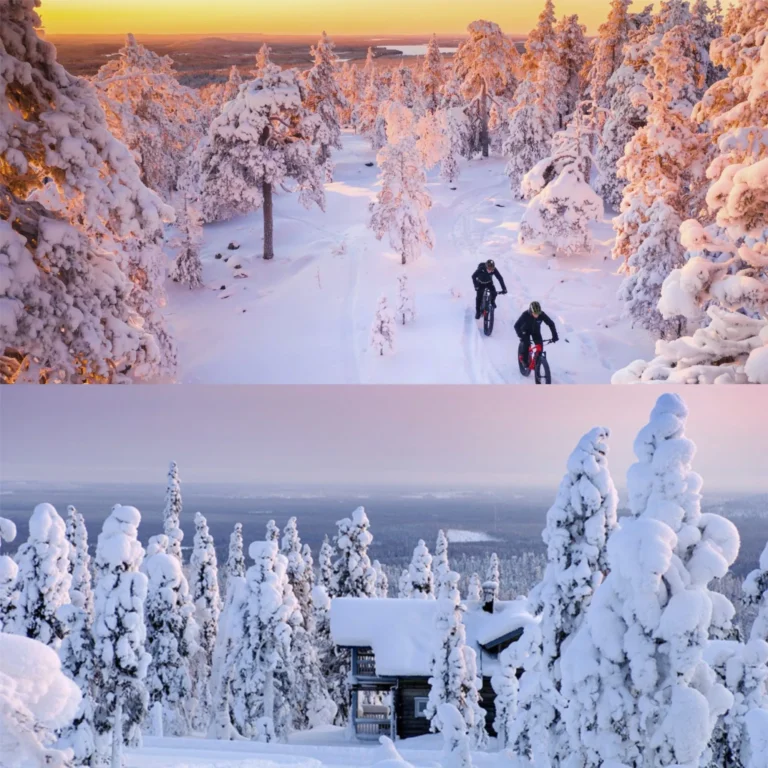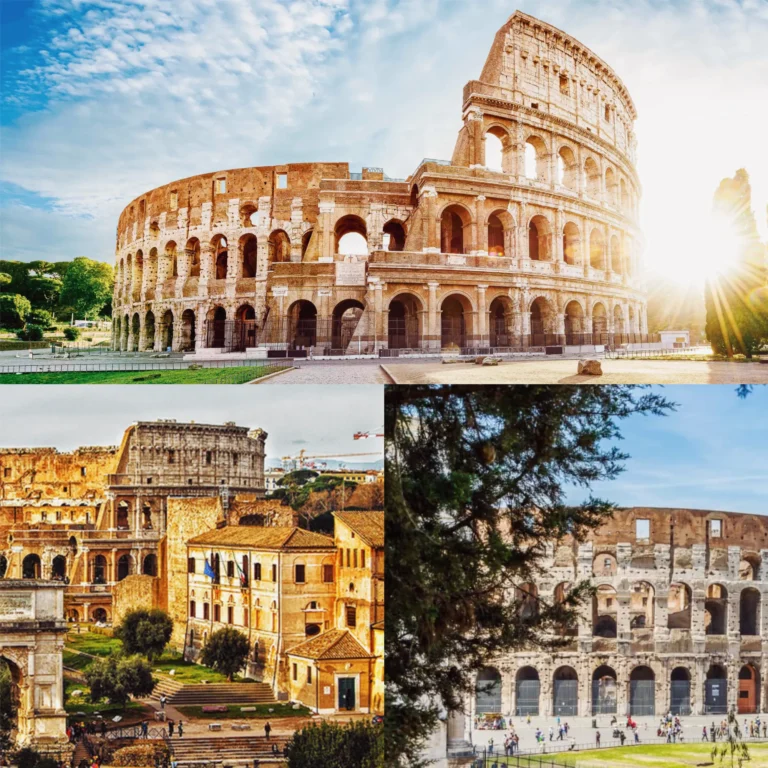
Amazon Rainforest – The World’s Largest Tropical Rainforest Full of Danger and Mystery
Where is the Amazon Rainforest, and what can be discovered and explored there? As the largest tropical rainforest on the planet, the Amazon offers visitors a chance to experience the rare and pristine beauty of a world that is increasingly disappearing.
1. Discovering the Amazon Rainforest
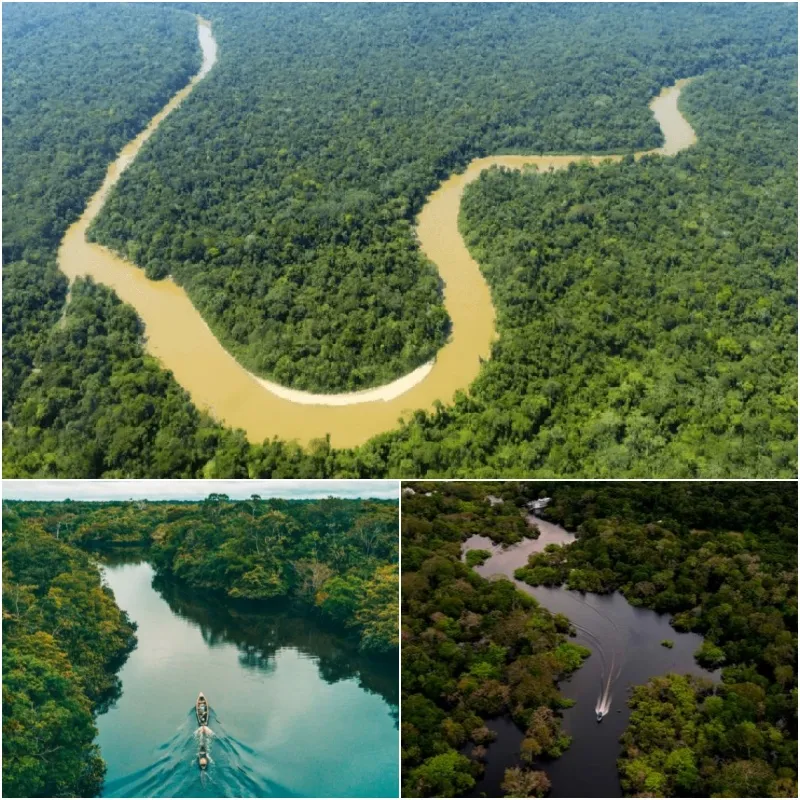
The Amazon Rainforest is known as one of the largest and most diverse rainforests on Earth, located in South America. Spanning over 7 million square kilometers, it stretches across countries such as Brazil, Peru, Colombia, Venezuela, and several smaller nations. The Amazon Rainforest is home to a vast array of animal and plant species. With its rich biodiversity, it is often referred to as the “lungs of the Earth.” Additionally, the rainforest is inhabited by numerous indigenous peoples, with millions living in the region and relying on its resources.
2. Exploring the Diversity of the Amazon Rainforest

What makes the Amazon Rainforest so diverse and abundant? This is a common question among visitors planning a trip to explore the Amazon. The humid tropical rainforest is a habitat of incredible species diversity. Among the largest rainforests in the Americas, the Amazon stands out for its unmatched biodiversity. Approximately 10% of the known species on Earth reside in the Amazon. It is home to the largest number of surviving animal and plant species globally. Here’s a closer look at the Amazon’s flora and ecosystem.
2.1. A Shared Home for Numerous Animal Species
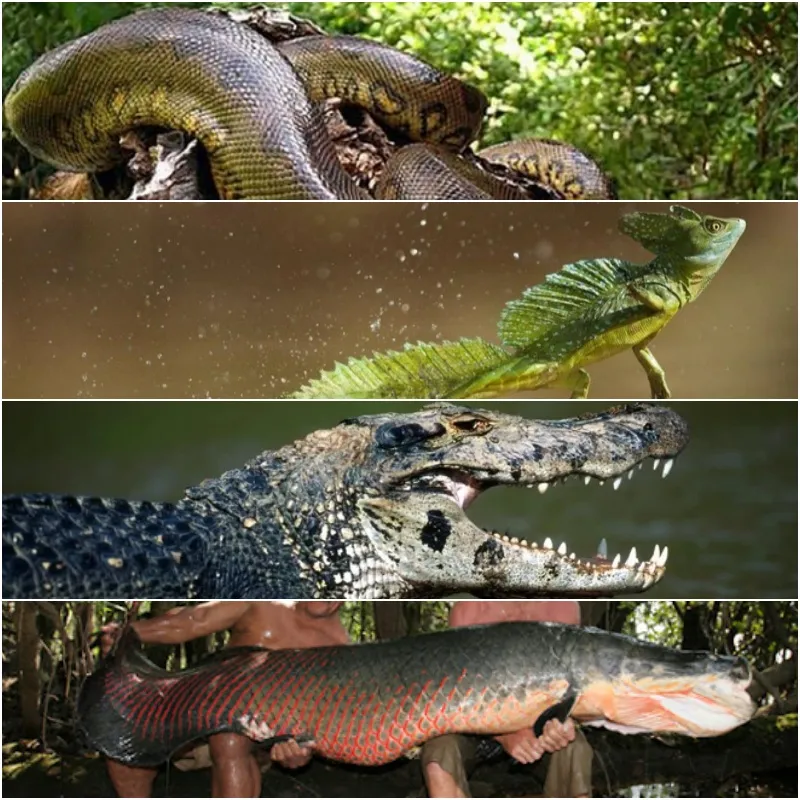
The Amazon Rainforest is a paradise for animal diversity. With an astounding number of species, it is one of the planet’s biodiversity hotspots. The rainforest houses around 2.5 million insect species, tens of thousands of plant species, and about 2,000 bird and mammal species. Specifically, it includes 3,000 fish species, 427 mammal species, 40,000 plant species, 428 amphibian species, 378 reptile species, and 20% of the world’s bird species. Scientists have described between 96,660 and 128,843 species of invertebrates just in Brazil. These figures highlight the extraordinary diversity of animal life in the Amazon.
2.2. Home to One of the World’s Most Diverse Plant Life
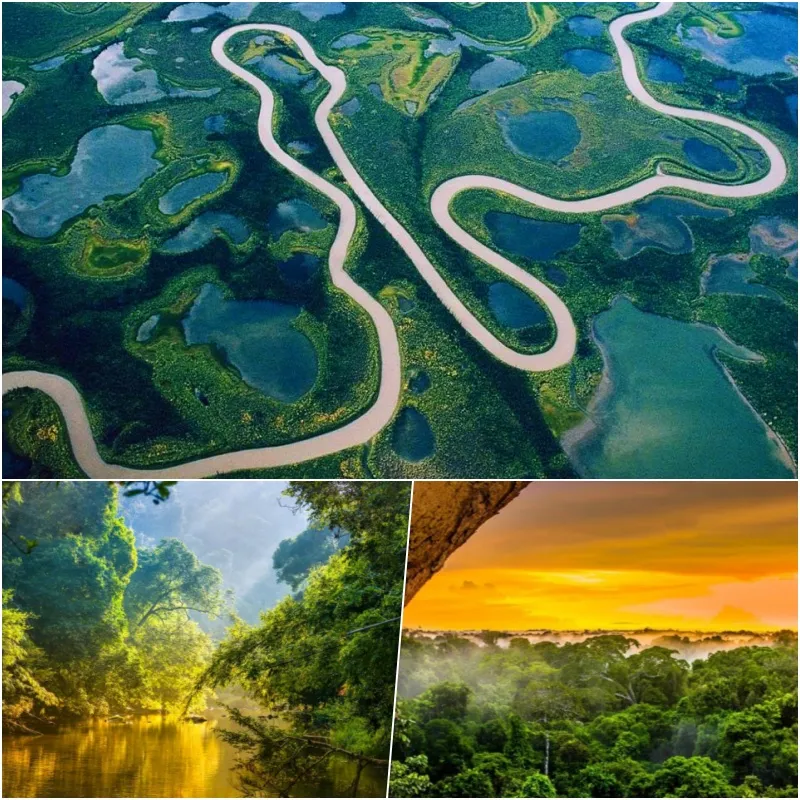
The Amazon Rainforest is renowned for its rich and varied plant life, creating a stunning and unique natural landscape. The area contains tens of thousands of plant species, forming an incredibly rich ecosystem. Scientists estimate that one square kilometer of the Amazon can contain up to 75,000 tree species, 150,000 higher plant species, and around 90,790 tons of surviving vegetation. Currently, about 438,000 plant species of economic and social importance are recorded in the Amazon.
The trees in the Amazon exhibit characteristics of a dense tropical rainforest, with towering, column-like trees and lush, evergreen foliage. These trees absorb moisture, and together with climbing plants and shrubs, they create a rich undergrowth, resulting in a diverse living space. Additionally, the Amazon houses many water-tolerant and water-adjacent plants adapted to its moist environment. Verdant grasslands and bare forest areas form distinct regions with their own unique landscapes.
